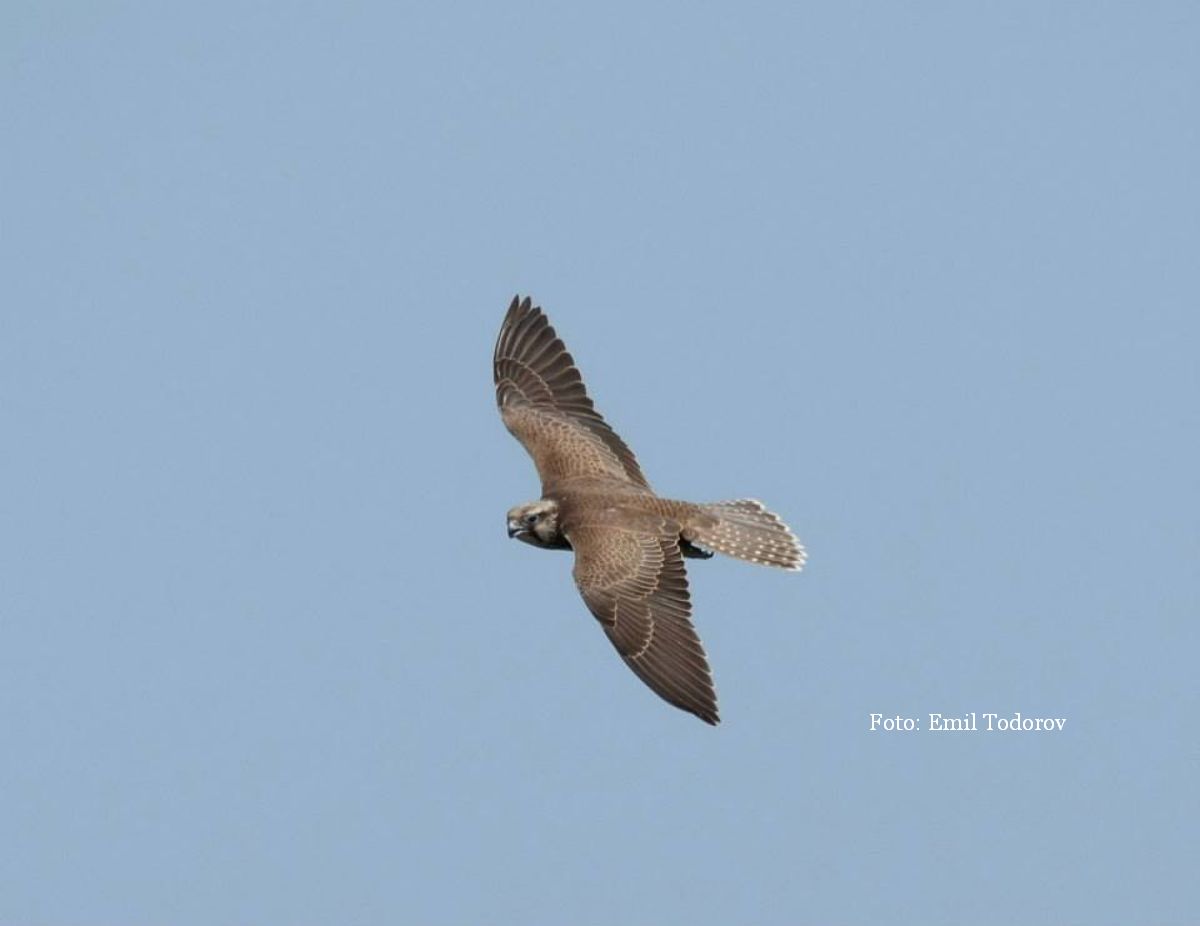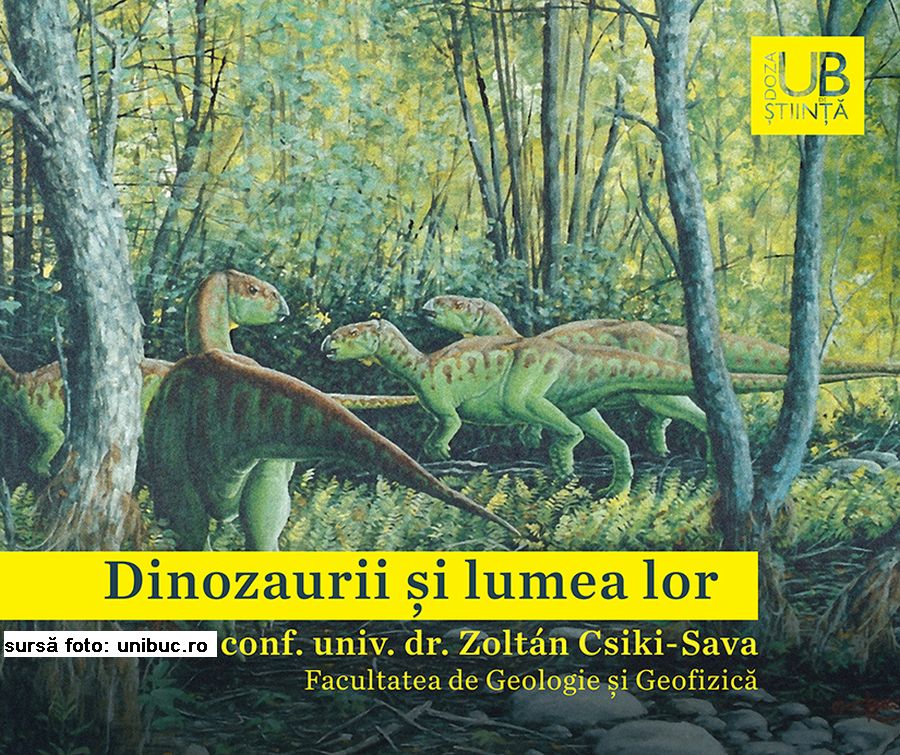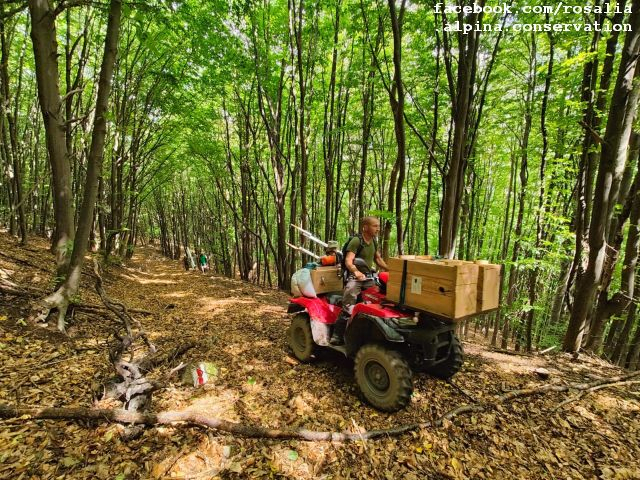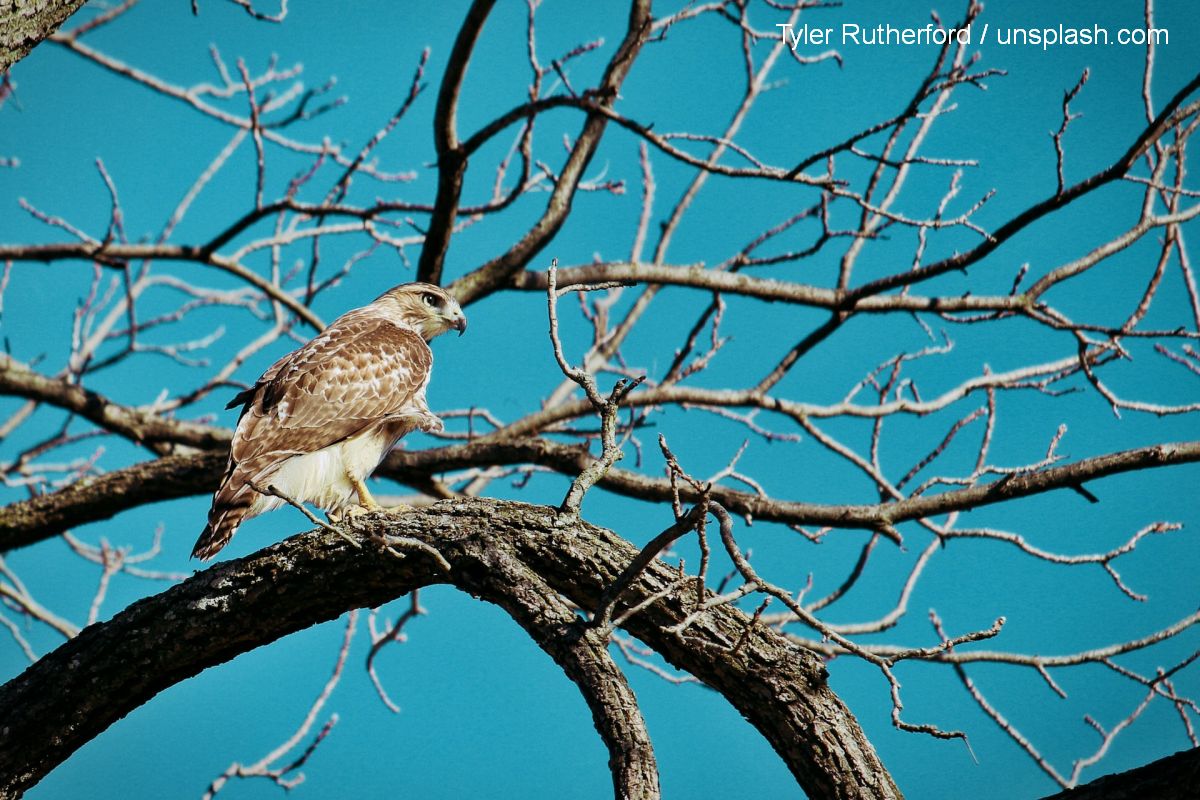Artificial nests for the Danube falcon
Protection measures for an endangered species

Eugen Coroianu, 31.05.2024, 14:00
A number of 60 artificial nests will be placed on high voltage poles in the south of the country this year, the Romanian Ornithological Society has announced. The first nine nests had already been mounted on poles by mid-April, based on a partnership with Transelectrica, in several places in Dobruja and Bărăgan. The measure is part of an international protection project of the Danube falcon, a species included on the Red List of endangered species in both Romania and Bulgaria. This measure is needed because, from the observations made in other areas where the falcon lives, an important element for population growth is the availability of nests, since these birds do not build their own nest, but occupy the nests of other species.
The nest is built after a model used in similar projects in Europe. It is made of aluminum, has a volume of 0.2 cubic meters and weighs approximately 8 kg. It has a metal net at the base, which prevents the accumulation of rainwater, over which a protective layer of gravel was laid. The artificial nest can also be occupied by other species of birds of prey. One of the advantages of these nests is that they offer a permanent nesting place, compared to natural nests that are periodically removed to prevent potential damage to the power lines, an activity carried out by the relevant companies outside the nesting season, according to Romanian ornithologists. At the same time, power lines provide protection against nest poaching, a major threat to many species of birds of prey, including the Danube falcon.
In addition, human disturbance near the nests, which can lead to reproductive failure, is also avoided. If adults leave their eggs or chicks unattended due to disturbance, they may die or be eaten by other animals. On the other hand, in the 1980s, 1990s of the last century and the beginning of the 2000s, the robbing of nests represented one of the major threats to the Danube falcon, causing its rapid decline in Bulgaria, where the eggs and chicks were traded illegally. Alida Barbu, with the Romanian Ornithological Society, tells us why this species is important: (track): “All natural species are important. The endangered ones, which are very close to disappearing from nature at some point, require but greater conservation efforts on our part. The ecosystem has a reduced number of species, and an even smaller number of species that adapt to a poorer habitat, which means a less healthy ecosystem and less resistance to change. That is why, at least at the European level, considerable efforts are being made to increase the number of breeding pairs of Danube falcons. We have two sub-populations: in the south-east of Romania and in the west of Romania. In the ecosystems where they live, or used to live, because it was a relatively common species in Romania in the past, its importance is given by the fact that it is a specialized predator, a top predator, located somewhere at the top of the trophic chain, and its presence in a certain habitat tells us that it is a rich habitat, a healthy steppe habitat, able to support a species as specialized as the Danube falcon”.
In the following months, the project will be further developed in the same area, the placement of artificial nests taking place both in the Nature 2000 sites included in the LIFE for Falcons project, and in their vicinity. The project “Ensuring the recovery of the Danube falcon population, an endangered species in Bulgaria and southern Romania” has a duration of 5 years and is co-financed by the LIFE Program of the European Union. Among the falcon species present in Romania, we can say that the Danube falcons are so rare that we could count them on our fingers. A nesting species in the south and east of the European continent, it prefers open, arid, steppe areas. It is a large, powerful, but agile and fast falcon, very aggressive and persistent in chasing its prey. All these qualities drew the admiration of the people, the bird even receiving the name of sacred falcon, but it also caused its decline. Since 2004, the Romanian Ornithological Society has been involved in several projects for this species. The almost two decades of constant monitoring have shown that constant measures are needed to ensure its survival. The current project is developed on four pillars: protection against poaching, poisoning and electrocution, improvement of food resources, protection of nesting areas and support for local communities. (EE)






























